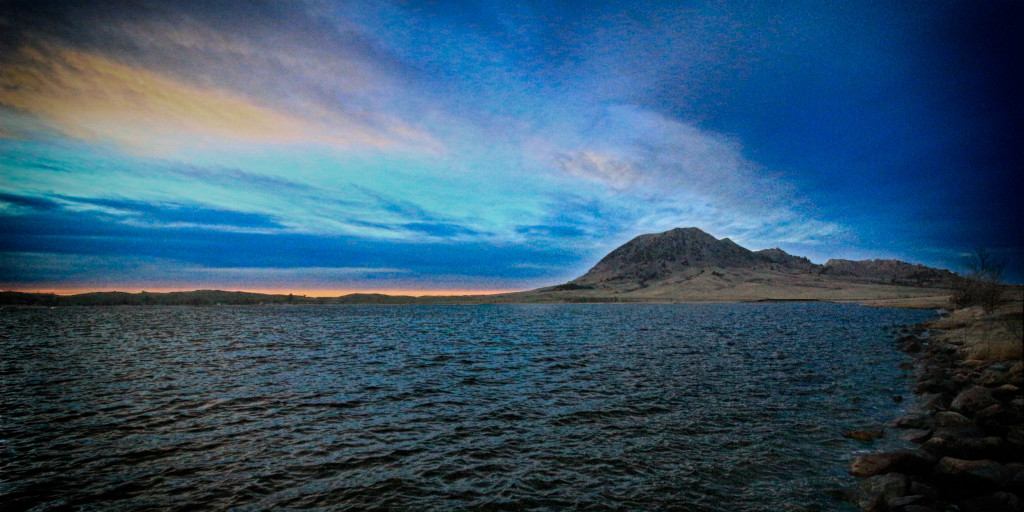Sturgis, South Dakota has seen its fair share of colorful characters, and has a history filled with the spirit of wild west adventure. One of these characters, well known by locals and historians but without much worldly recognition, is Charles Nolin.
In 1876, Charles “Red” Nolin was a 24-year old mail carrier who took the route of the trail between Sydney, Nebraska and Deadwood, South Dakota. On August 19th of that year, Nolin encountered a group of freighters camped along Alkali Creek southeast of what is present day Sturgis. Members of the group urged Nolin stay with them for the night and not press on to Deadwood. They believed there were hostile Natives in the area and felt the ride would be too dangerous.
Nolin rode on anyway, as the story goes he was eager to complete his journey, having promised his mother that he would return home once he had completed the delivery.
He didn’t get very far. Nolin’s mutilated body was found the next day near what is now Junction Avenue in Sturgis. The consensus was, Nolin was scalped and killed by Natives.
On May 30, 1932, a monument to Nolin was dedicated on the spot where his body was found. Two surviving members of the party that met Nolin on his last ride attended the event. The monument still stands to this day in what is now the Sturgis Hospital parking lot.
Nolin’s death on the trail was not the only murder that August. Several other bodies were found along the trail left in a similar manner. Nothing was ever proven, and no one was ever brought to justice.
1876 was a time of exceptionally high tension and violence in the Black Hills. The Battle of the Little Bighorn had been fought in June of the same year. Deadwood was growing as a gold rush settlement town that was built on land promised to the Lakota Sioux in the Fort Laramie Treaty of 1868.
As for experiencing the ghost of Nolin, there have been several counts of unexplained occurrences. Is it Charles Nolin? Is it a ghost? Maybe it’s just the spirit of the west reminding us of the hardships of days past and lessons learned.
